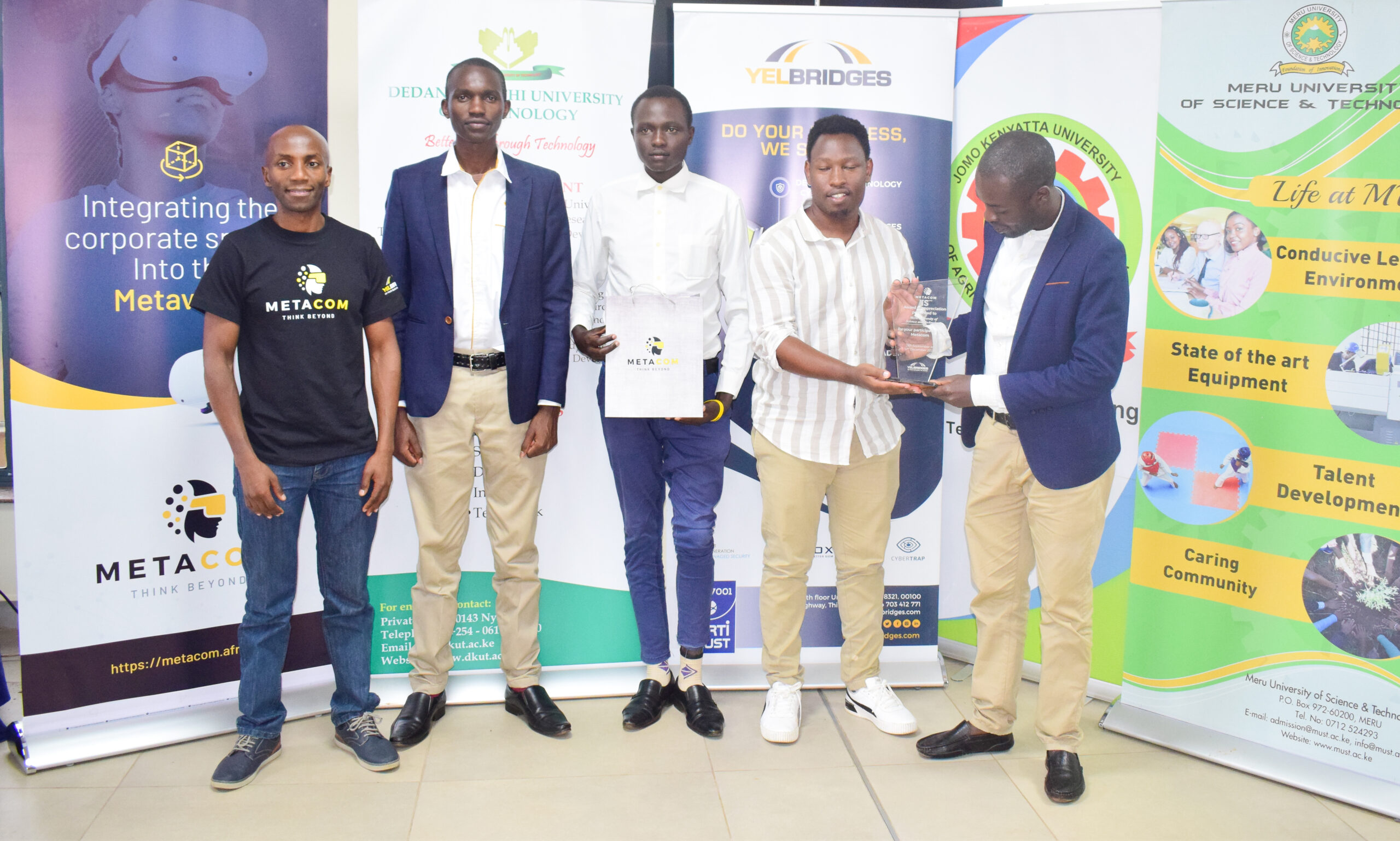VVirtual Chemistry Laboratory

Project Introduction
Meru University’s project aimed to use virtual reality technology to provide a solution to inadequate laboratory equipment in high schools by creating a virtual laboratory platform that offered practical experiments for students to perform in a safe and controlled environment, reducing the risk of accidents and the need for expensive equipment or chemicals.
Project details
The project by Meru University aimed to address the issue of inadequate laboratory equipment in high schools by using virtual reality technology. With the use of virtual reality headsets and other equipment, students were able to experience practical laboratory experiments in a virtual environment that mimicked real-life scenarios.
The virtual laboratory offered a wide range of practicals, covering a variety of topics in physics, chemistry, biology, and other scientific disciplines. The students were able to follow and perform the practicals in a safe and controlled environment, without the need for expensive laboratory equipment or chemicals. This also reduced the risk of accidents caused by handling of chemicals and other hazardous materials.
Target Market
- High schools were the target market for the project.
- High schools could subscribe to the virtual laboratory service, which could generate revenue for Meru University.
- The project aimed to improve the quality of education in high schools by providing an affordable and effective way for students to access practical laboratory experience.
- The project provided an alternative to expensive laboratory equipment, which was often not available in many schools due to limited resources.
- The use of virtual reality technology democratized access to quality laboratory education, making it available to a wider range of students regardless of their location or financial status.
Business model
The project by Meru University had the potential to generate revenue through partnerships with high schools, which could subscribe to the virtual laboratory service. This helped to generate income for the university while also providing an affordable and effective way for high schools to provide practical laboratory experience to their students.
Overall, the project aimed to improve the quality of education in high schools by providing an alternative to expensive laboratory equipment, which was often not available in many schools due to limited resources. The use of virtual reality technology helped to democratize access to quality laboratory education, making it available to a wider range of students regardless of their location or financial status.
